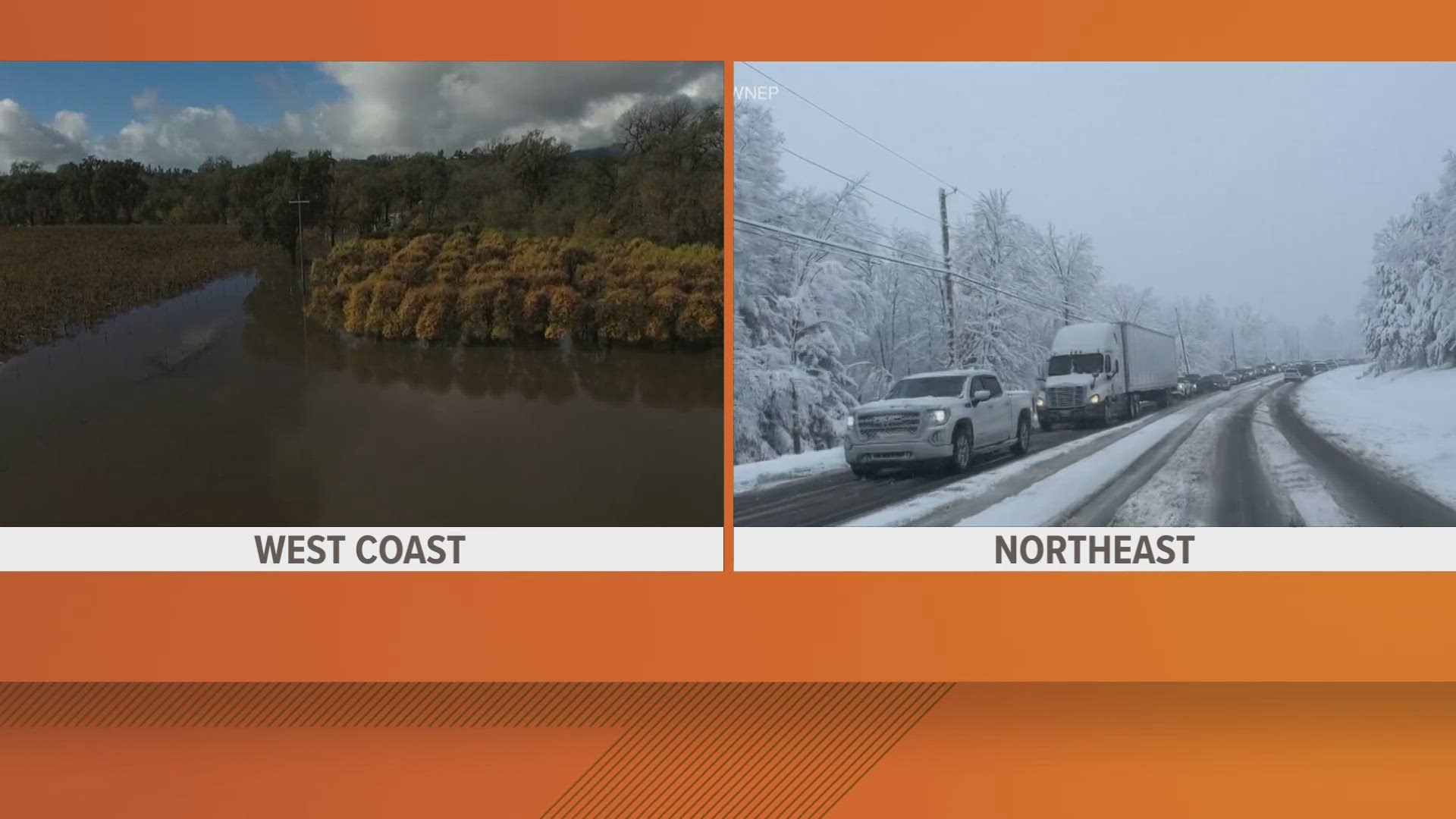DALLAS — If you've been watching our WFAA weather team's forecasts throughout May and into June, then you know things are really starting to heat up around North Texas!
According to every single one of our meteorologist's recent forecasts, Dallas-Fort Worth is due to get its first 100-degree temperature day of the year any day now.
But just how many 100-degree days will we get this year?
Could we see something along the lines of 2011's 78 days of 100-plus degree days? Or maybe even 1980's 69 days at 100-plus degrees? What about the 47 100-degree days we experienced last year?
Rather than speculate ourselves, we decided to reach out to our in-house experts and let them speculate on matter.
Just as we did last year, we recently asked all five of our station's meteorologists to take a guess on how many 100-plus-degree days we'd see throughout the region in 2023. (For the record, Greg Fields came closest with his 2022 estimate.)
Looking ahead, and presented alphabetically, here are the guesses each of our meteorologists provided us for this summer -- along with their reasoning for how they ended up where they did.
Pete Delkus: 22 days
It’s official, El Niño has arrived! And what does this mean for North Texas this summer? Well, let me say this right off the bat: El Niño is not a huge driver of Texas weather during the summer.
With that said, I do expect warmer than normal temperatures this summer. Does this mean we’ll have another crazy hot summer like last year when we had 47 100-degree days? No, that's very unlikely. Will it be a hot summer? Of course! All summers in North Texas are hot.
But I don't see it being a record-setter. That's because the top 10 hottest summers have all happened during La Niña or ENSO Neutral. With all of this said, I do believe we’ll see near normal or slightly above normal 100-degree days. We average 20 triple digit days each year and my forecast for this year? 22 triple digit days for 2023!
Greg Fields: 35 days
I think we will be above the average number of 100-degree days this year, but not as hot as last summer. I'm going with 35 triple-digit days. This is based on the seasonal outlook for June, July and August that calls for about 50% chance of seeing above normal temperatures this summer.
Jesse Hawila: 25 days
I think we will see 25 which is slightly more than normal. It looks like we’re going to get an early start from the average 1st 100° date. A majority of those summers end up with a little more than normal. We’re also running a bit of a rainfall deficit and soil moisture is near slightly below normal. That drier soil is easier to heat so hitting 100 will be a little easier when the major “heat domes” set up.
Kyle Roberts: 28 days
Triple digit heat looks like it might get an early start this year with 100s possible by mid-June. The average first 100 degree day is July 1, so this would be about two weeks ahead of schedule. When the first 100 degree day is earlier than average, there's a good chance at seeing an above normal amount of 100 degree days for the summer. We can look at recent history to see this. Since 1990, triple digits have arrived 16 times ahead of July 1st. 10 of those years, or around 63% of the time, the summer ended with an above normal amount of 100 degree days.
But, El Niño has also arrived, which I believe will temper the heat just a bit this summer. There were three summers in recent memory that I think are good comparisons to this summer. 2001, 2009 and 2012. Those summers followed several years of La Nina before transitioning into neutral conditions or eventually an El Nino, very similar to what is expected this year. Those summers also followed above normal summers as well. In fact, 2012 followed the hottest summer on record of 2011. And 2009 followed 2008, which was a top 10 hottest summer as well.
Those summers 100 degree days look like this:
- 2012 - 34 days (well above normal)
- 2009 - 21 days (barely above normal)
- 2001 - 8 days (well below normal)
An average of those 3 summers is 21 days at or above 100 degrees. Since it looks like we are going to get an early start to the triple digits in mid-June, I'll go a little above the average of those 3 summers. That's how I arrived at my 28 days.
Mariel Ruiz: 23 days
On average, DFW sees 20 100-degree days each year. Last year, we had 47.
CPC predicts a slightly warmer than normal summer since we are barely transitioning (have transitioned) into an El Niño. This summer is interesting because we are following a three-year La Nina pattern. The last time this happened was the summer of 2002 which saw less than 10 triple-digit heat days.
This time around, we are not in a prolonged drought which will limit warming at least through June. I expect near-normal conditions in July/August, which means a few 100-degree days.



